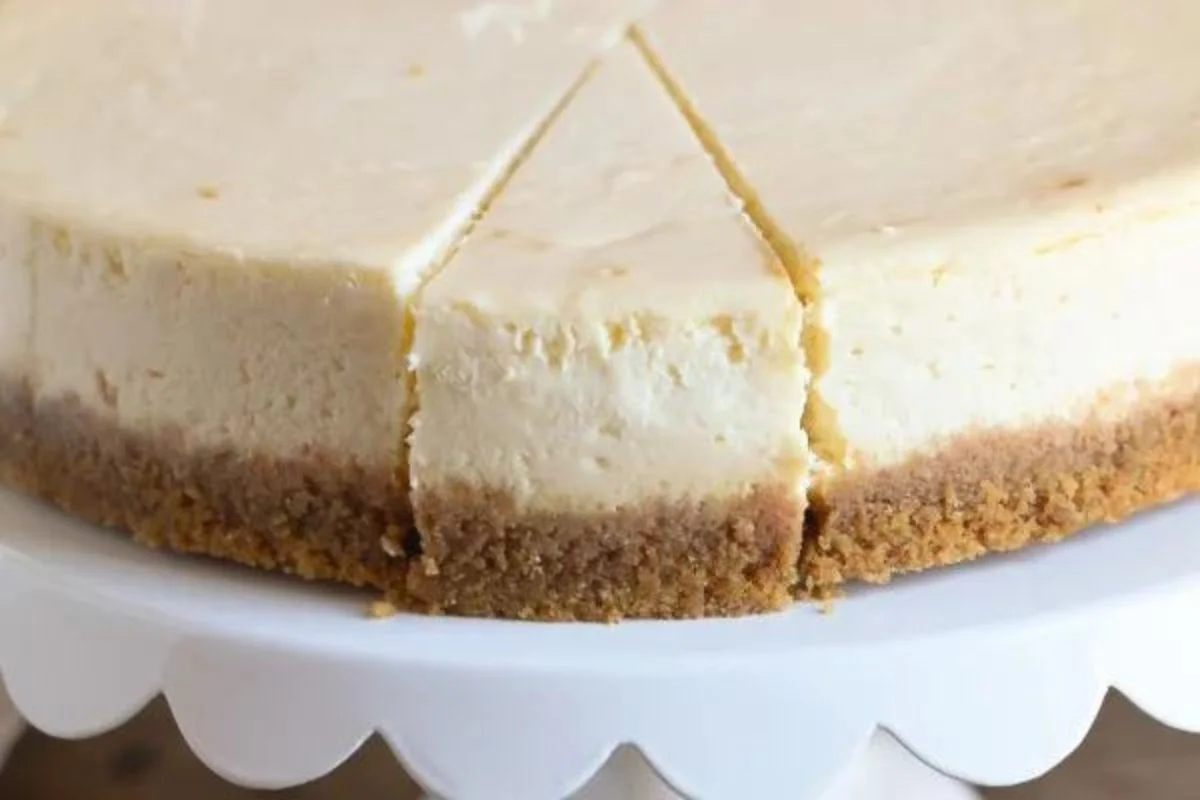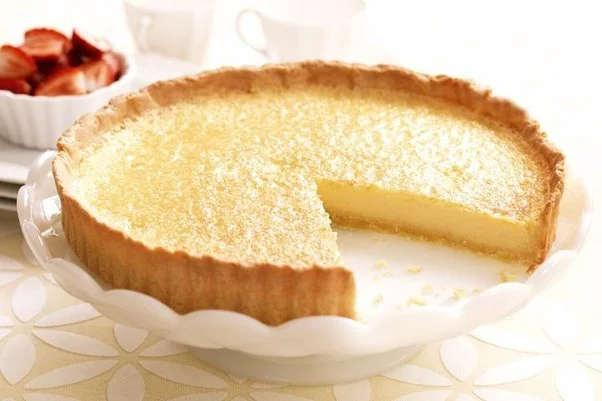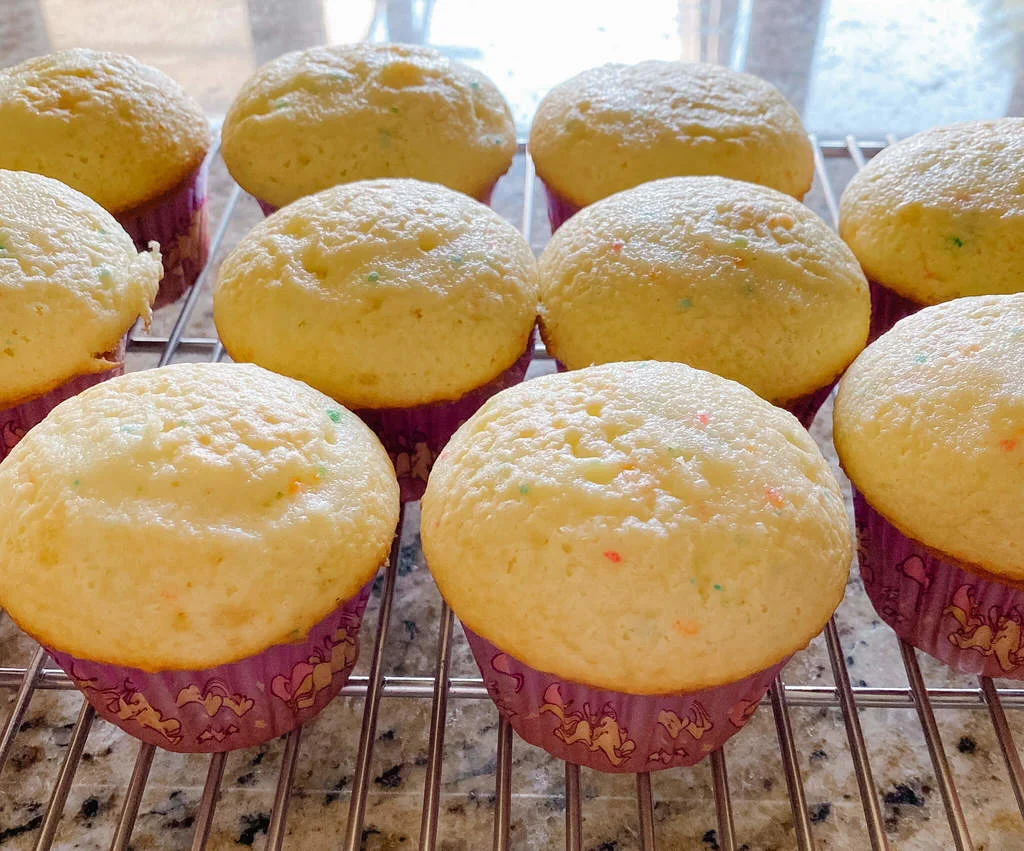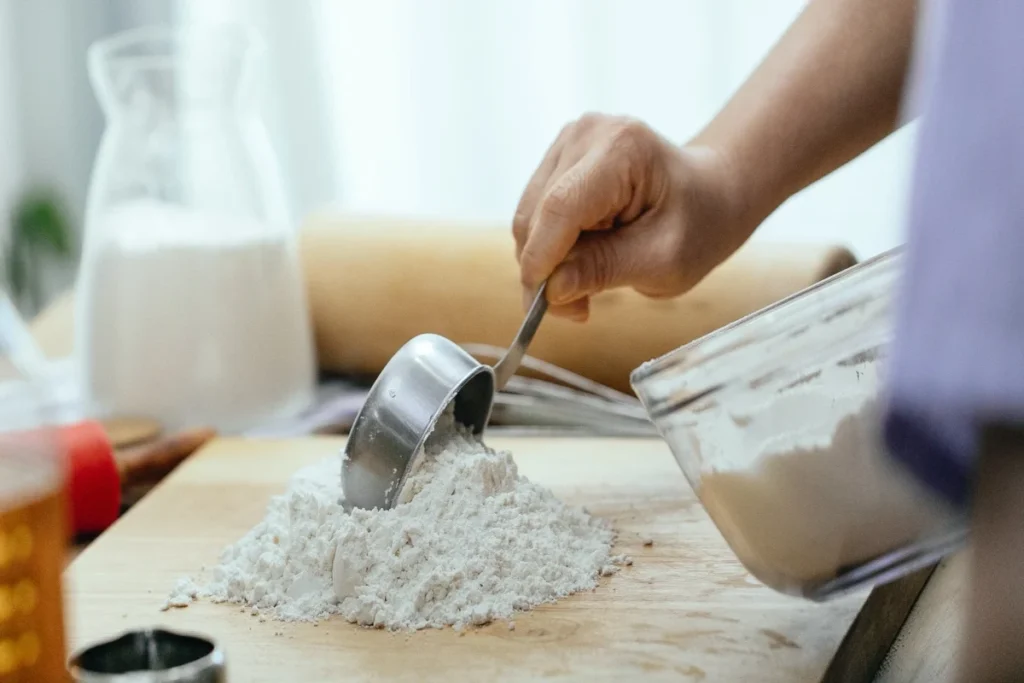
Soggy Cheesecake No More: A Guide to Fixing Waterlogged Desserts
Cheesecake is a beloved dessert that many of us can’t resist. Its creamy texture and rich flavor make it a crowd-pleaser at any gathering. But what happens when you’ve spent hours perfecting your cheesecake recipe, only to find that it’s been waterlogged? It can be disheartening and frustrating, to say the least.
But fear not, as there are ways to fix this soggy situation!
In this guide, we’ll explore the reasons why cheesecakes become waterlogged, and provide you with practical tips on how to prevent it from happening in the first place. We’ll also share simple tricks and techniques for salvaging a waterlogged cheesecake so that you can still enjoy a delicious and picture-perfect dessert.
Whether you’re a seasoned baker or a novice in the kitchen, this guide is an essential resource for anyone looking to master the art of cheesecake making. So let’s dive in and learn how to fix soggy cheesecake once and for all!
Table of Contents
ToggleUnderstanding the 4 Causes of a Soggy Cheesecake
To effectively tackle the issue of a waterlogged cheesecake, it’s essential to comprehend the root causes. Let’s delve into the primary factors that can contribute to a soggy texture:
1. Excessive Moisture in Ingredients
Excessive moisture in the ingredients is often to blame for a waterlogged cheesecake. The culprit may be cheese or other dairy products with a high water content. Similarly, the use of flavorings that contain a lot of water or the inclusion of fruits with high water content can also exacerbate the issue.
To avoid a waterlogged outcome, it’s crucial to select dairy products that are not overly moist and to be mindful of the water content in the flavorings and fruits being added. By taking these precautions, one can ensure a delicious, perfectly textured cheesecake that isn’t weighed down by excessive moisture.
2. Overbaking or Underbaking
Inadequate storage and refrigeration methods can significantly worsen the issue of a waterlogged cheesecake. When this delectable dessert isn’t properly placed in an airtight container or is subjected to excessive moisture within the refrigerator, it tends to soak up the ambient moisture, resulting in an undesirable and mushy texture.
The absence of an airtight seal allows the cheesecake to absorb any moisture lingering in its surroundings, compromising its integrity and turning it into a damp mess. Therefore, it is crucial to store cheesecakes appropriately, ensuring they are sealed tightly and protected from excess moisture to maintain their delightful, creamy consistency.
3. Improper Cooling Techniques
In addition to other factors, improper cooling methods can contribute to the undesirable sogginess of a cheesecake. When the cooling process is not carried out gradually and evenly, excess moisture can gather within the cake, resulting in a wet and unappealing texture.
Therefore, it is crucial to ensure that the cheesecake is cooled properly to maintain its desired consistency and avoid any unwanted dampness.
4. Storage and Refrigeration Mishaps
Improper storage and refrigeration practices can significantly worsen the issue of a waterlogged cheesecake. When this delectable dessert isn’t stored in an airtight container or is exposed to excessive moisture within the refrigerator, it tends to absorb the surrounding moisture.
As a consequence, the cheesecake’s texture becomes disappointingly soggy, compromising its overall quality and taste. To ensure the preservation of its delightful creaminess, it is crucial to store the cheesecake in an airtight container and keep it away from excessive moisture in the refrigerator.
Signs of Waterlogged Desserts
There are several signs that your cheesecake may be waterlogged. These include a dense and heavy texture, a lack of firmness, and a soggy crust. Additionally, the cheesecake may have a watery or soupy consistency. If you notice any of these signs, your cheesecake has likely become waterlogged.

Step-by-Step Guide to Fixing a Waterlogged Cheesecake
Now that we understand the reasons behind a waterlogged cheesecake, let’s explore the step-by-step process of fixing it:
Assess the Level of Sogginess
To address the issue of sogginess in your cheesecake, it’s essential to begin by evaluating the level of moisture present. Take note of whether it is mildly damp or excessively saturated. This assessment plays a crucial role in identifying the appropriate measures required to resolve the problem effectively.
By carefully gauging the sogginess, you can take the necessary steps to rectify the issue and restore your cheesecake to its desired texture and consistency.
Remove Excess Moisture
If your cheesecake has a bit of moisture, don’t worry! There’s a quick and easy way to fix it. Simply place a clean paper towel on top of the cheesecake and gently press it down to soak up the excess moisture.
You can repeat this process as needed until you achieve the desired level of moisture. It’s a simple trick that ensures your cheesecake turns out perfectly fluffy and not too wet.
Re-bake for Optimal Texture
For a more severely waterlogged cheesecake, re-baking is necessary. Preheat your oven to a low temperature, around 275°F (135°C). Place your cheesecake back into the oven, uncovered, for a short period, usually 10-15 minutes. This process will help evaporate excess moisture, restoring the desired texture.
Cool and Set the Cheesecake Properly
Proper cooling is crucial to ensure your cheesecake sets correctly and doesn’t become waterlogged again. Allow your cheesecake to cool at room temperature for approximately one hour, then transfer it to the refrigerator for at least four hours or overnight.
This gradual cooling process will help retain the creamy texture while minimizing moisture accumulation.
Store Correctly to Maintain Texture
After successfully fixing your waterlogged cheesecake, it’s essential to store it properly to maintain its texture. Place the cheesecake in an airtight container or cover it tightly with plastic wrap before returning it to the refrigerator.
Ensure it is kept away from other foods that may release moisture and cause sogginess.

How to Fix Waterlogged Cupcakes
Cupcakes are another popular dessert that can become waterlogged. The most common cause of waterlogged cupcakes is overfilling the cupcake liners. When you overfill the liners, the cupcakes can become too moist and dense.
To fix waterlogged cupcakes, remove them from the liners and place them on a baking sheet. Bake them in the oven at 350°F for 5-10 minutes. This will help to remove any excess moisture and dry out the cupcakes.
How to Fix Waterlogged Brownies
Brownies are another dessert that can become waterlogged. The most common cause of waterlogged brownies is overbaking. When brownies are overbaked, they can become dry and dense, which can lead to waterlogging.
To fix waterlogged brownies, place them in a plastic bag with a slice of bread. The bread will absorb the excess moisture, and the brownies will become moist again. Alternatively, you can place the brownies in the oven at 300°F for 5-10 minutes.
This will help to remove any excess moisture and dry out the brownies.

Tips for Preventing Soggy Cheesecake
Prevention is always better than cure. To avoid encountering a waterlogged cheesecake in the first place, consider implementing the following tips:
- Choose Quality Ingredients: Use high-quality ingredients, including cream cheese with a low moisture content. opt for fresh and ripe fruits when incorporating them into your cheesecake. By selecting premium ingredients, you can minimize the risk of excess moisture and achieve a superior texture.
- Follow Recipe Instructions Carefully: When preparing a cheesecake, carefully follow the recipe instructions, paying close attention to the recommended baking time and temperature. Remember that slight variations can affect the outcome, so adhere to the guidelines for the best results.
- Utilize Proper Cooling Techniques: After baking your cheesecake, allow it to cool gradually and uniformly. Avoid placing it in a cold environment immediately, as rapid temperature changes can result in condensation and a wet texture. Patience is key when it comes to cooling your cheesecake effectively.
- Optimal Storage Practices: When storing your cheesecake, ensure it is tightly covered in an airtight container or wrapped securely in plastic wrap. Keep it in the refrigerator and separate it from other foods that may release moisture. By maintaining optimal storage conditions, you can preserve the integrity of your cheesecake and prevent unwanted sogginess.
What to Do If Your Cheesecake Has Been Ruined?
Sometimes, despite our best efforts, a cheesecake may be beyond repair. If you find yourself with a completely ruined cheesecake, don’t despair! Here are a few suggestions on how to salvage the situation:
- Make Cheesecake Truffles: Crumble the ruined cheesecake into fine crumbs and mix it with a creamy frosting or melted chocolate. Roll the mixture into bite-sized balls and chill them until firm. Voila! You now have delectable cheesecake truffles.
- Create a Cheesecake Parfait: Layer the crumbled cheesecake with whipped cream or yogurt and your favorite fruit or sauce in individual serving glasses. The result will be a visually appealing and delicious dessert.
- Repurpose as Cheesecake Ice Cream: Break the ruined cheesecake into chunks and fold it into a base of vanilla ice cream or create a no-churn cheesecake ice cream using condensed milk and whipped cream. Allow it to freeze until firm, and you’ll have a refreshing treat.
- Transform into Cheesecake Milkshake: Blend the crumbled cheesecake with milk, ice cream, and a touch of vanilla extract to create a rich and creamy milkshake. Serve it chilled and garnish with whipped cream or a sprinkle of crushed cookies.
Remember, even if your cheesecake doesn’t turn out as planned, there are always creative ways to salvage the flavors and turn it into something delightful. Don’t be afraid to experiment and enjoy the process of transforming a mishap into a new culinary adventure.
Alternative Dessert Options for Humid Environments
If you live in a humid environment, you may want to consider alternative dessert options. Pies, tarts, and cakes are all good options for humid environments as they have a lower moisture content than cheesecakes and other creamy desserts.
Additionally, desserts that are served cold, such as ice cream or sorbet, are also good options for humid environments.
Cheesecake Recipes That Are Less Likely to Become Water-Logged
If you’re still struggling with water-logged cheesecakes, there are a few recipes that are less likely to have this issue.
- One is a ricotta cheesecake, which tends to be a bit drier and less prone to moisture issues.
- Another is a no-bake cheesecake, which doesn’t require baking at all and can be a great option for hot summer days.
- Finally, consider trying a cheesecake bar or bite-sized cheesecake recipe, which can be easier to control and less prone to moisture issues.
Conclusion
In conclusion, a waterlogged cheesecake can be disheartening, but with the right knowledge and techniques, it is entirely fixable.
By understanding the causes of sogginess, following the step-by-step guide to remedy the issue, and implementing preventive measures, you can ensure that your cheesecake always maintains its desirable texture.
Lindsey Mackenzie
About me
Hi there! I’m Lindsey Mackenzie, the founder of Bake Smartly. Baking has been my passion since childhood, growing up in my father’s bakery. With Bake Smartly, I’m excited to share my love for all things sweet and savory. Join me on this delicious journey as we whip up scrumptious treats and sprinkle joy into every bite!






